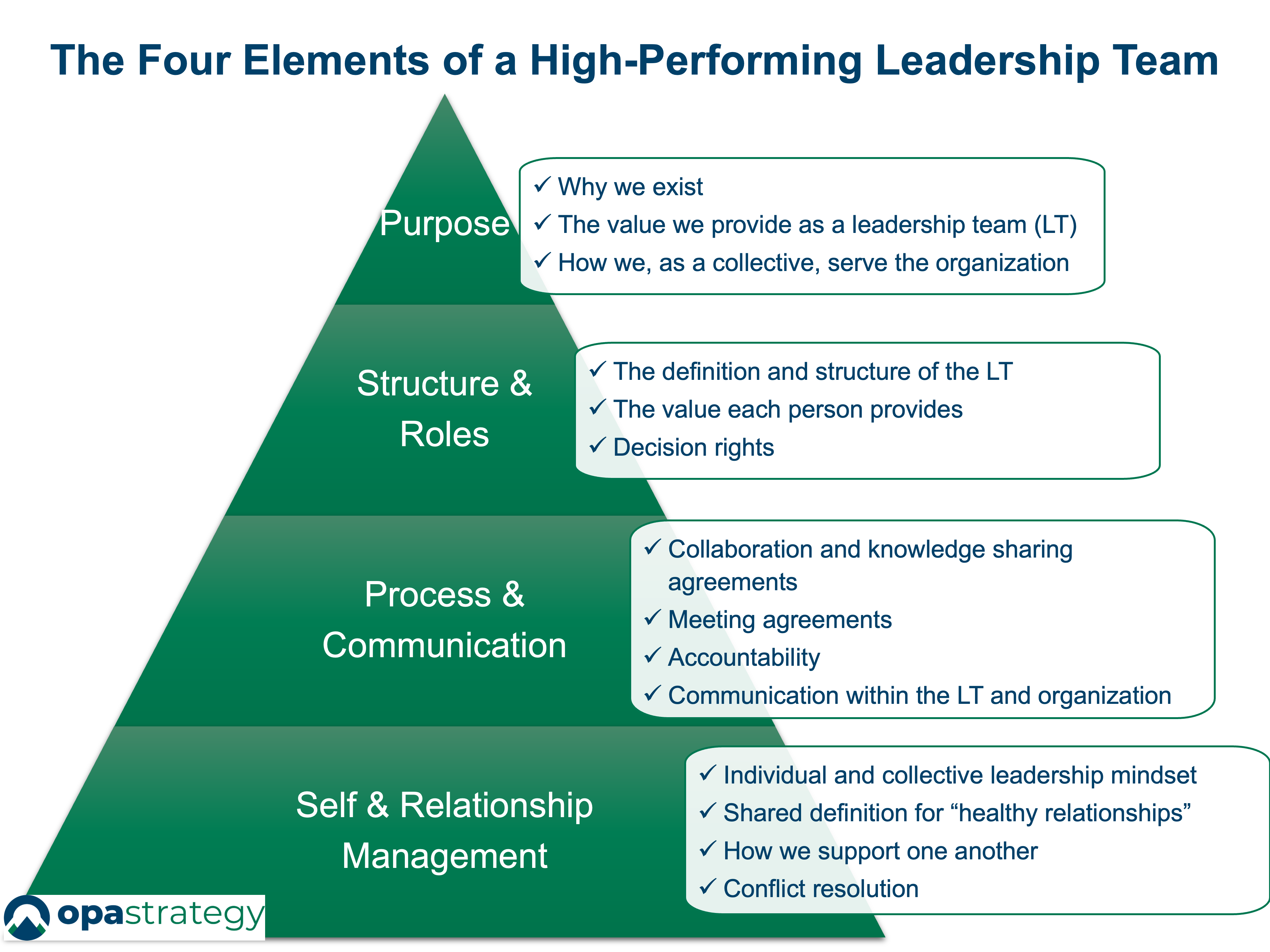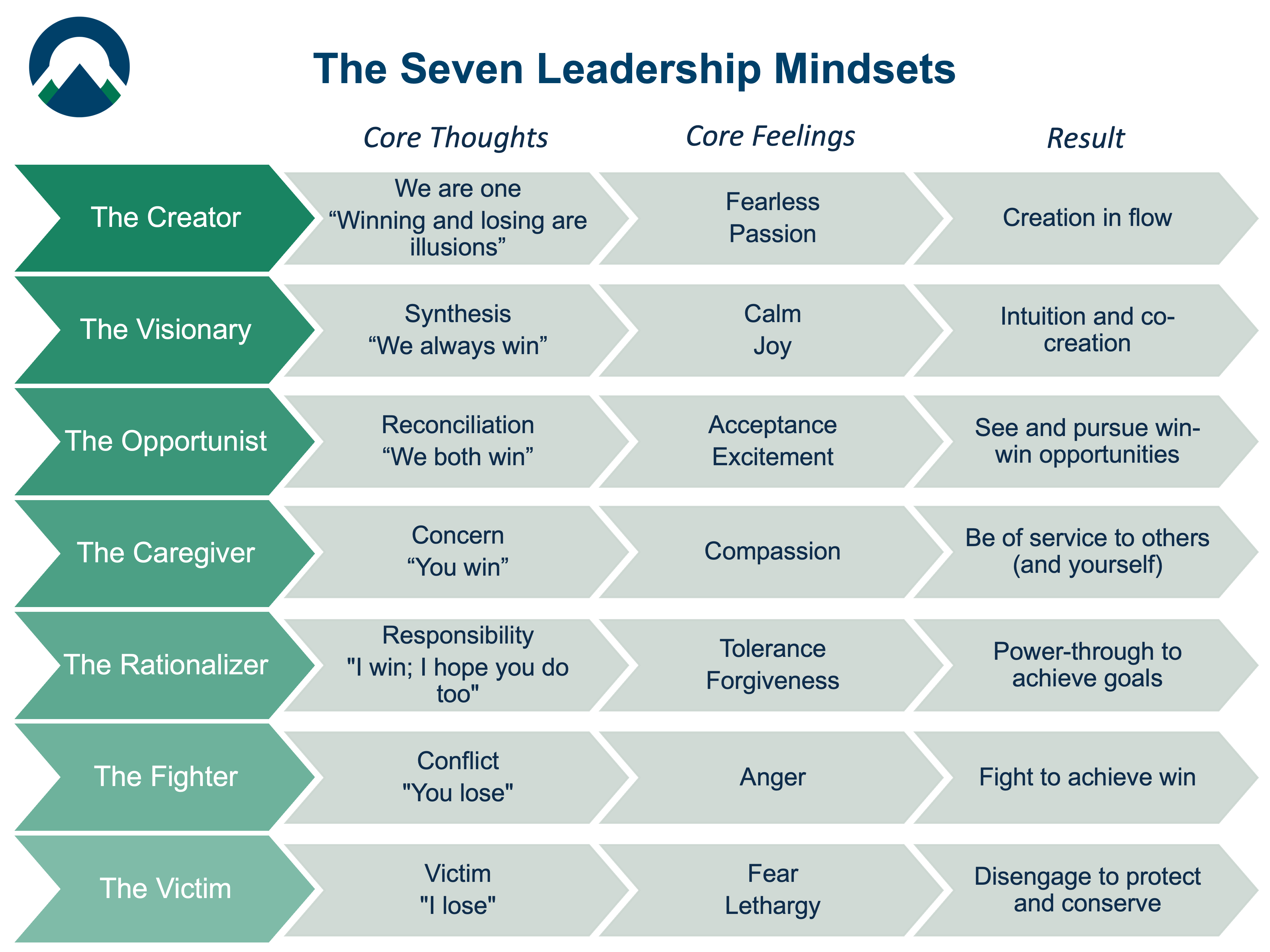| | | | | | Alexandra Reese's Growth Guide | | Practical insights to accelerate your growth in October | | | |
Thank you for being a valued member of my community! Welcome to my seventh edition of the Growth Guide.
I'm very excited about this edition, as I'm unveiling two new leadership frameworks. I've been honing these with clients with dramatic performance improvement results. I can't wait to see how they transform your leadership and impact!
| | | | Here are links to the first six editions:
Sep: 1/ Replan for Q4, 2/ Jumpstart growth through self-awareness, 3/ Three Qs to save you BIG in your next strategy process Aug: 1/ Adapt your strategy process, 2/ Support your mid-level managers, 3/ Halt your mid-career crisis Jul: 1/ Win with values, 2/ How to get hybrid work right, 3/ Vacation like a European Jun: 1/ The mid-year review, 2/ Sharpen your creative skills, 3/ Win through failure May: 1/ Prepare for downturns; 2/ Better, faster decisions; 3/ Embrace difference to improve performance Apr: 1/ The Q1 review, 2/ Prime yourself for success, 3/ Focus your innovation investments for impact
If you are curious about how we can partner to accelerate your growth, please don't hesitate to book your free consultation today. | | | | To set the stage for an outstanding 2023, develop these four elements of your leadership team | | You might be surprised to hear this from a career strategist, but I no longer think stellar strategy is the key to outstanding performance. Now, I firmly believe a high-performing leadership team is the key to greatness.
In this article, I share why I changed this foundational belief, signs your leadership team has room to improve, and a practical framework to build and strengthen your leadership team.
Why I shifted my focus from strategy to leadership My focus shifted from strategy to leadership in the winter of 2020, as I wrapped-up a strategy engagement with a Fortune 500 client. I was proud of the transformational strategy we had created, and excited that the leadership team had unanimously adopted it.
My excitement turned to frustration when I met with members of the leadership team to begin operational planning. In private, leaders shared a litany of reasons why their department wouldn’t adapt its plans, resources, and behavior to implement the strategy. They agreed with the strategy in principle, but they thought other teams should act first to bring it to life. It quickly became clear: the strategy was going to sit on a shelf and collect dust. That these leaders felt unable to discuss their fears and frustrations openly and honestly signaled a high degree of team dysfunction no strategy could overcome. Before they could lead transformation in the organization, they would need to do it in themselves and their team. Signs your leadership team has room to improve As a coach, I believe we all have room to improve. However, I also understand that you must make choices about where to invest your resources and leadership development should not always top the list. Here are five signs it should be a priority in the next six months: - Your team has a difficult time with vision and strategy conversations; you can rarely agree on anything but the status quo or incremental change.
- You reach agreement in the room, but that agreement disappears as soon as the meeting ends.
- You regularly take conversations “offline” to avoid discomfort in meetings.
- Some personalities on the team seem like oil and water; you’re frustrated they can’t just “figure it out.”
- You can’t remember the last time you talked about how you worked together as a team; you have no shared agreement for what “healthy relationships” looks, sound, and feel like.
The four elements of a high-performing leadership team I have worked with dozens of leadership teams to improve their performance. Through rigorous research and client experience, I have identified four elements that define high-performing leadership teams: - Purpose: Why and how the leadership team (LT) serves the organization
- Structure & Roles: The composition of the LT and the unique value each member provides
- Process & Communication: How the LT works together to serve the organization
- Self & Relationship Management: How the LT shows-up to support one-another and maintain healthy relationships
The graphic below provides more detail on what is included in each element. 
Put this framework into practice to improve your team's performance In my experience, most executives assume their team has agreement on these elements. But they have not gone through a process to validate these agreements. When I lead them through a validation process, there are always differences of opinion—particularly regarding individual roles and relationship management—that must be ironed out. So, I encourage you to use this framework in an upcoming leadership team meeting to open a conversation about how your team works together to drive results. If you’d like a partner to help you bring this to life, please schedule a time to talk. I’m leading several such retreats this fall and would be happy to do so with you and your team.
| | | | Propel transformation with these seven mindset shifts | | 95% of your success boils down to one thing: your mindset. Your mindset reflects how you see yourself, approach life, and respond to situations. If you want to change your success trajectory, you need to expand your mindset. We all have a dominant mindset through which we approach the world. We cannot absorb, process, and store 100% of the sensory information available in every moment; we need filters through which we do this cognitive work. These filters form our mindset. No mindset is entirely good or bad. Your dominant mindset will serve you well in familiar situations that mimic past experiences. However, your dominant mindset can set you up for failure in novel situations that diverge from the past. In those cases, it will lead you to misinterpret the situation and make judgement errors in your response. So, the key to leadership success is not to change your mindset—but to expand the range of mindsets to which you have access. Improving this range will enable you to process, act, learn, and adapt to novel situations with greater confidence and ease. What skill could be more valuable in this hyper-volatile world?
| | A Case for Change: The Conflict-Dominant Leader The conflict-dominant leader views leadership as a battlefield, a fight to win over customers, gain market share, and change old ways of working. This mindset can be highly effective in leading an organization on the brink of survival. It creates urgency and propels action around a singular goal: live to fight another day. This mindset can become a liability once that same organization shifts from survive to thrive. A leader operating from this mindset may try to manufacture a threat to motivate the team and maintain the relentless pace of work. The team will sense this inauthenticity and disengage. If the pace does not slow down, they will also burnout. Ironically, the conflict-dominant mindset that led the organization to success will also lead it to its cyclical downfall. To maintain their organization’s growth trajectory, the conflict-dominant leader must adapt their mindset to the new realities of the moment. | | A practical framework to expand your leadership mindsets
There are infinite ways you could look at the world. But just knowing you have choices isn’t enough. You also need a framework with specific choices available to you, so you can see what’s possible. Enter the Seven Leadership Mindsets. This powerful framework distills the multitude of mindsets available to you down to seven tangible choices. It’s powered by the Institute for Professional Excellence in Coaching (iPEC) Energy Leadership Index, which is the result of over three decades of rigorous research and development. The graphic below provides an overview of each mindset in terms of its core thoughts, core feelings, and core results. If you’d like to dive into the details and nuances that really bring them to life, please reach out.

Tap into the Seven Leadership Mindsets to improve your performance Here are four ways you can use this framework to create more choice and empowerment in your life: - Reflect on your mindset: On a good day, which leadership mindset(s) most resonate with how you show-up? How does your mindset shift under stress? Which leadership mindset(s) would you like to access more and why?
- Use this framework to start a conversation in your team about self- and relationship-management: Use the prompts above to facilitate a conversation about how each person in the team shows-up. Where is there alignment and misalignment? How can the team use these insights to improve collaboration?
- Cultivate an empowered leadership mindset: Gain concrete insights into your unique leadership mindset today, then work with me over the course of two coaching sessions to build a custom action plan to hone your leadership mindset. Sign-up for this one-day experience here.
- Use this framework to inform difficult decisions: When confronted with a new or challenging situation, explore how you might approach it from each of the seven mindsets. What are the tradeoffs associated with each approach? I’ve provided an example below.
| | | | | | | |
Growth Mastermind: The Growth Mastermind integrates coaching, strategic advisory, and peer-to-peer learning to push the bounds of your leadership potential and impact. This unique developmental experience will bring together small groups of four to six growth-minded leaders who are in similar stages of their leadership journeys. If you’re ready to transform your life, organization, and legacy while building lifelong relationships with other likeminded leaders, this opportunity is for you. Read more and sign-up here.
One-on-one and Team Coaching: You're ready to improve your life, leadership, and impact. As your coach, I'll work with you (and your leadership team, if desired) to clarify your vision and purpose, set bold goals, build an actionable strategy, and cultivate the mindset, beliefs, and behaviors necessary to achieve sustainable results.
Growth Advisory: You've been working diligently to grow your organization, but have yet to achieve sustainable results. Or perhaps you've done exceptionally well and are ready to take things to a new level. I can help you hone a compelling vision and strategy, then execute with confidence, ease, and joy.
| | | | | | | | | | | | | | Want to change how you receive these emails?
You can Unsubscribe
| | | | | | | | | |
